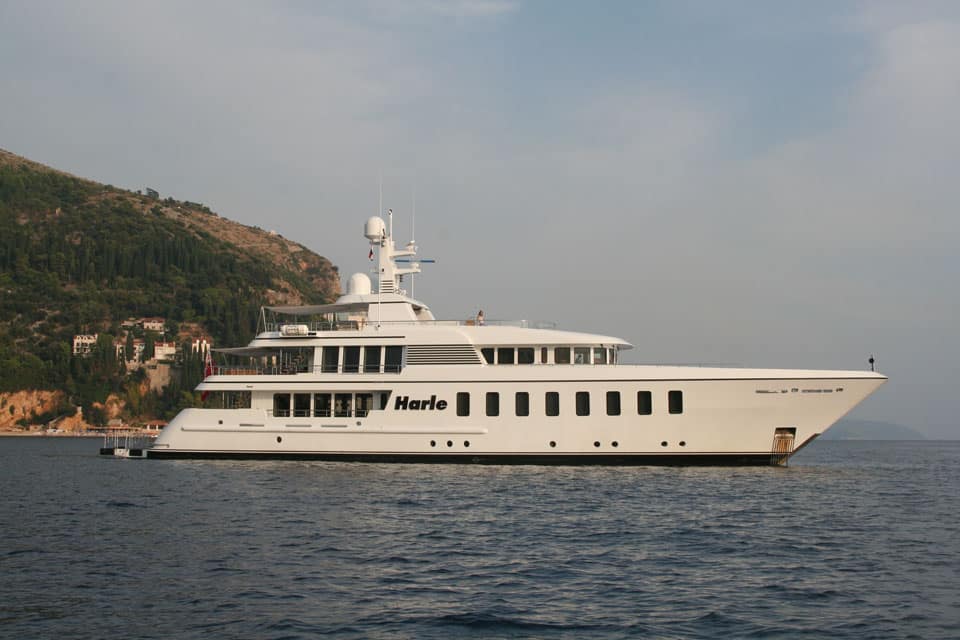
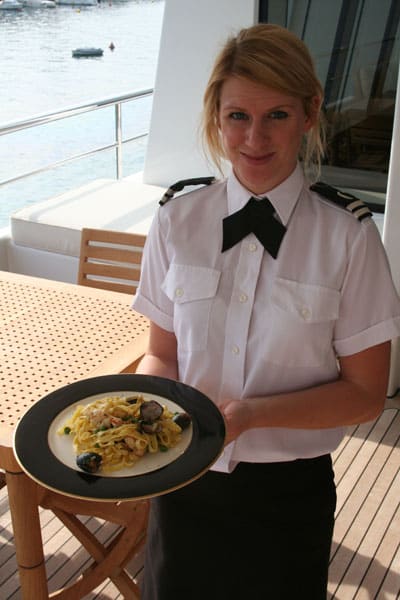
img_2462.jpg
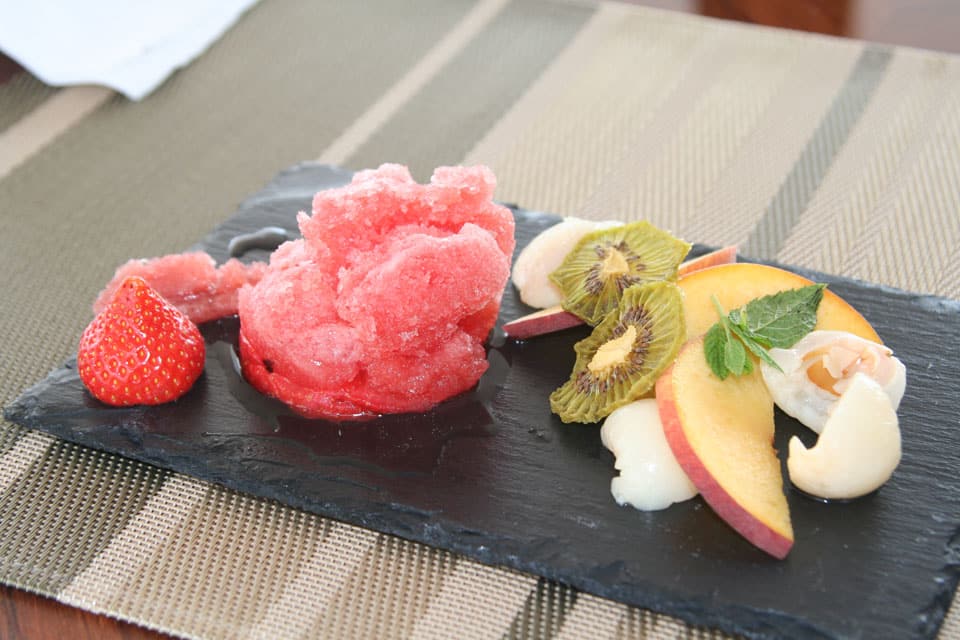
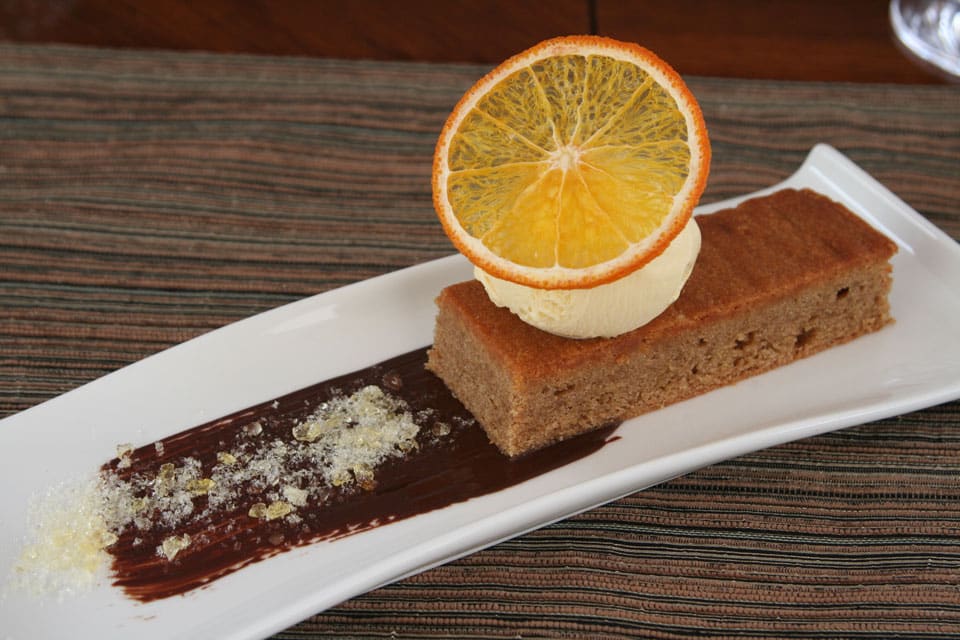
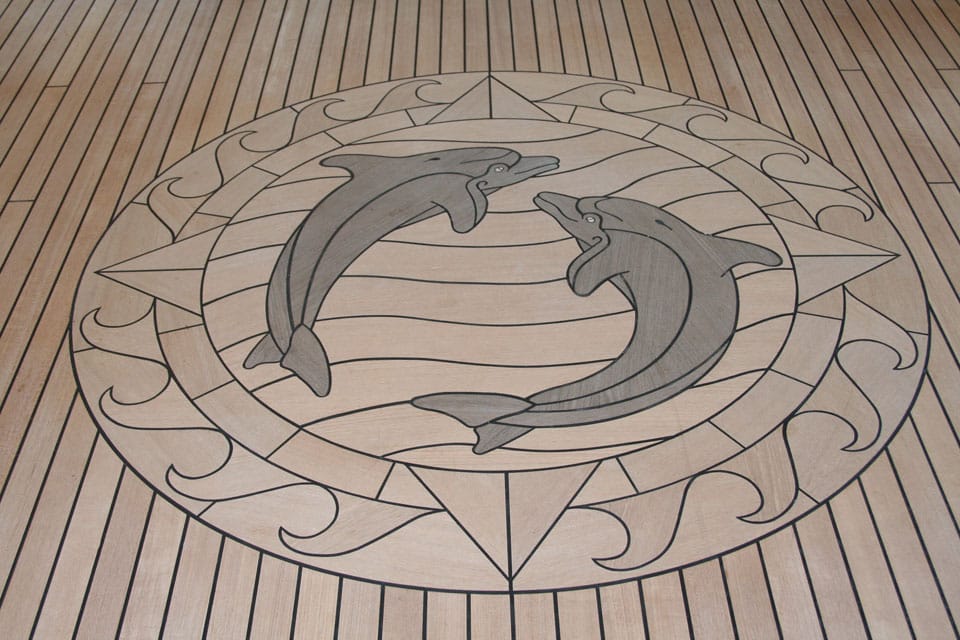
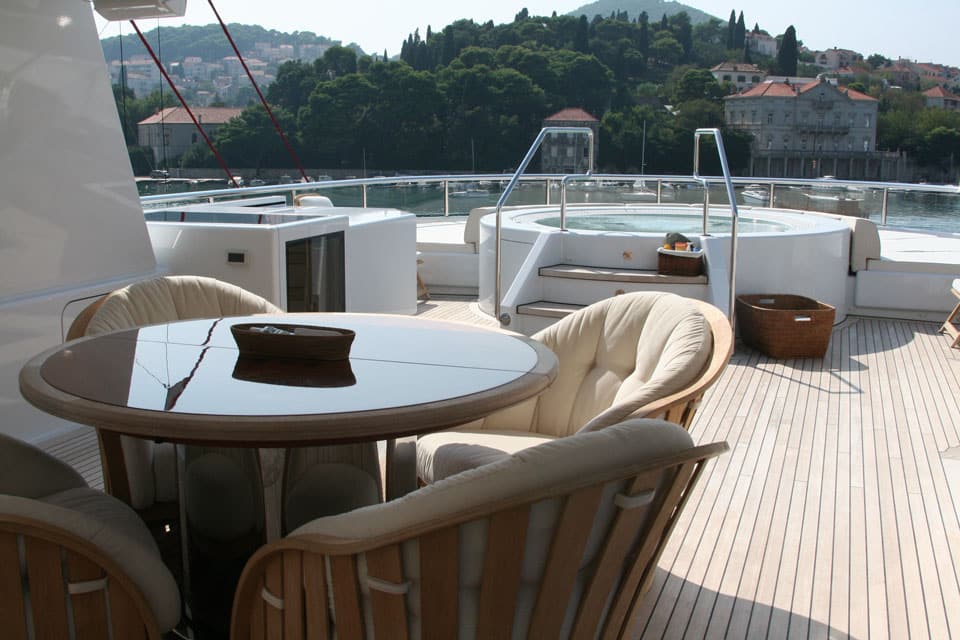
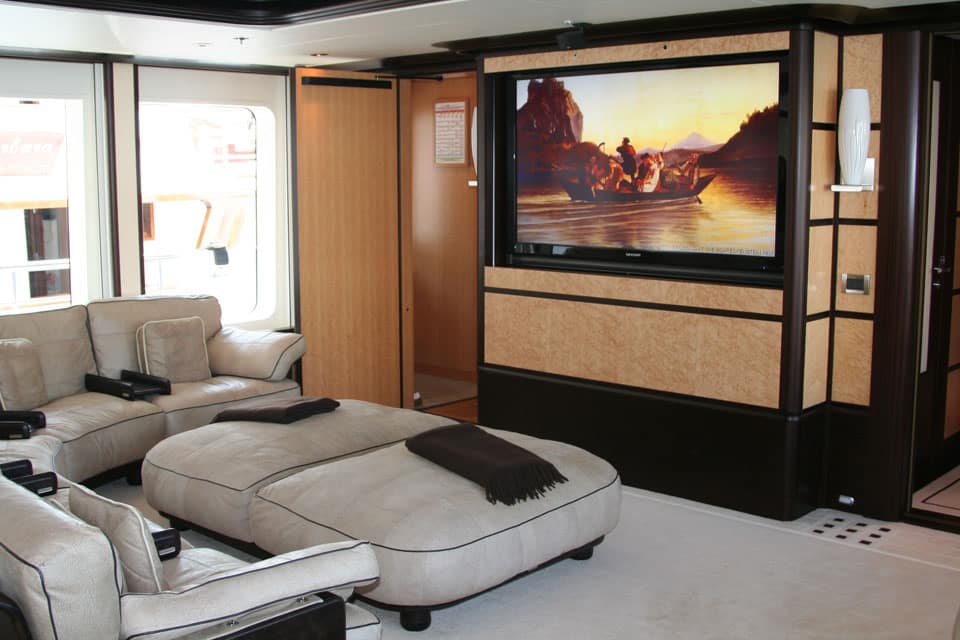
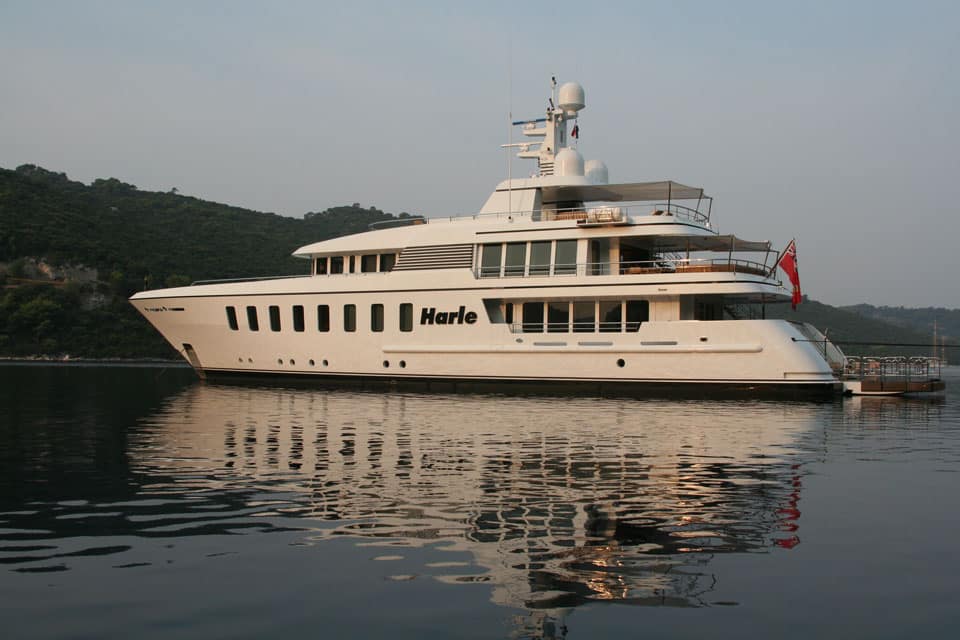
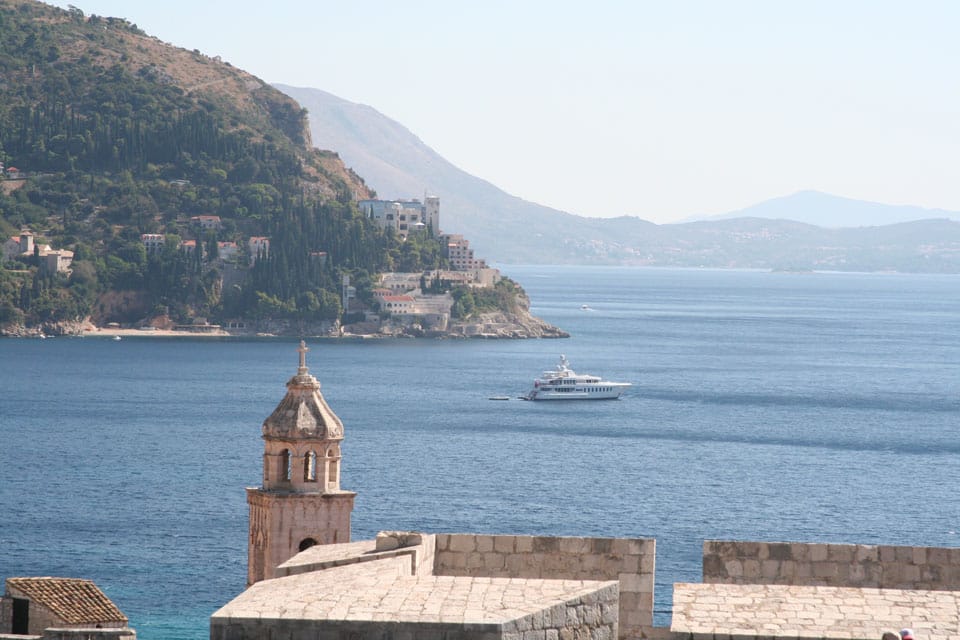
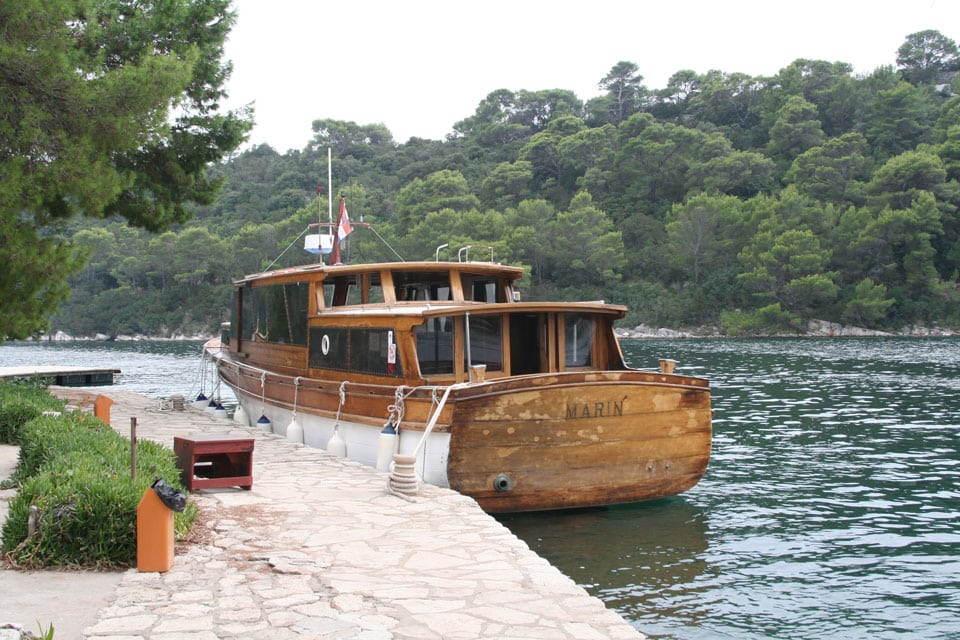
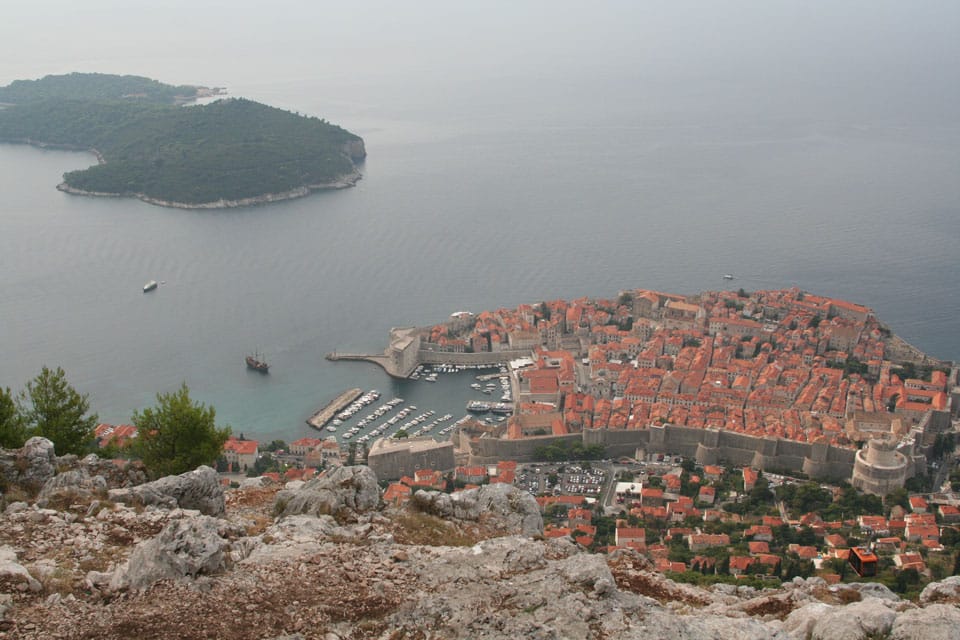
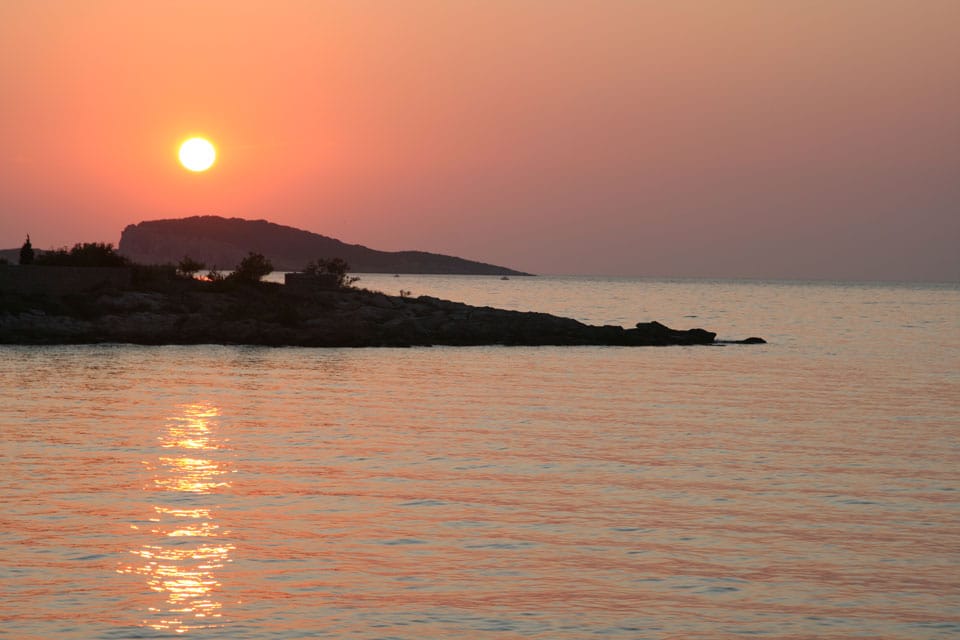
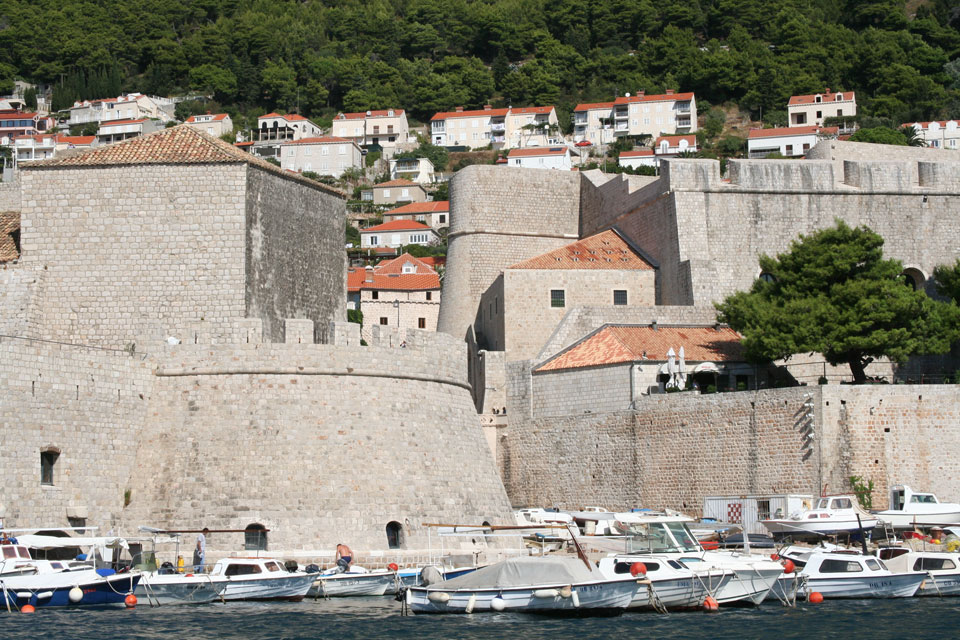
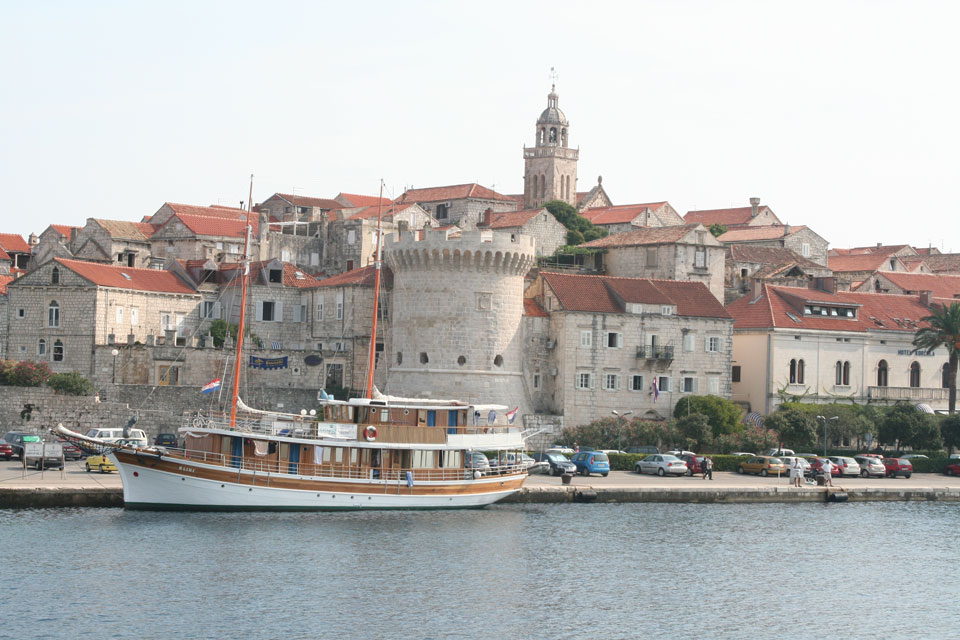
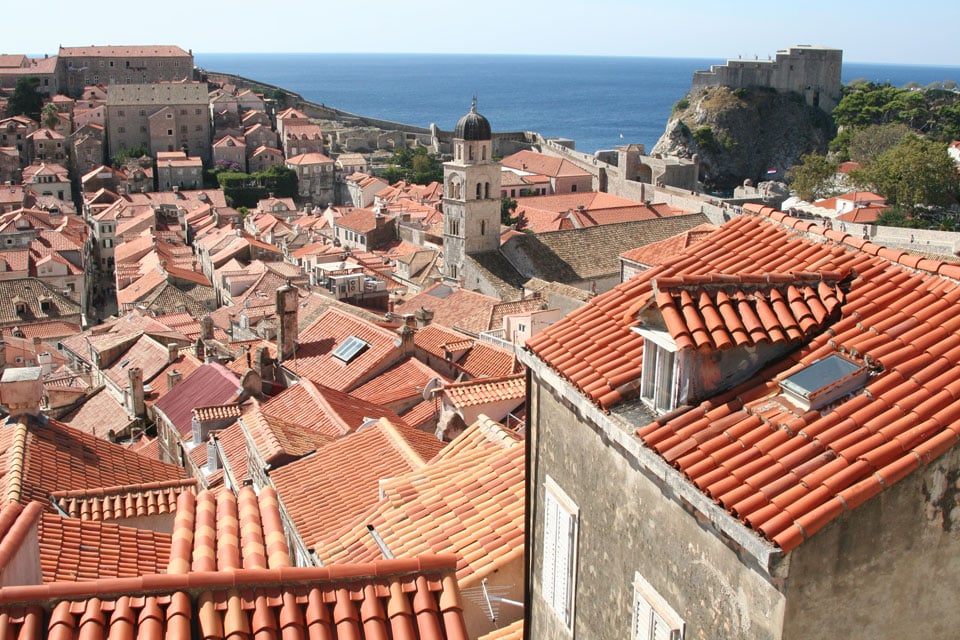
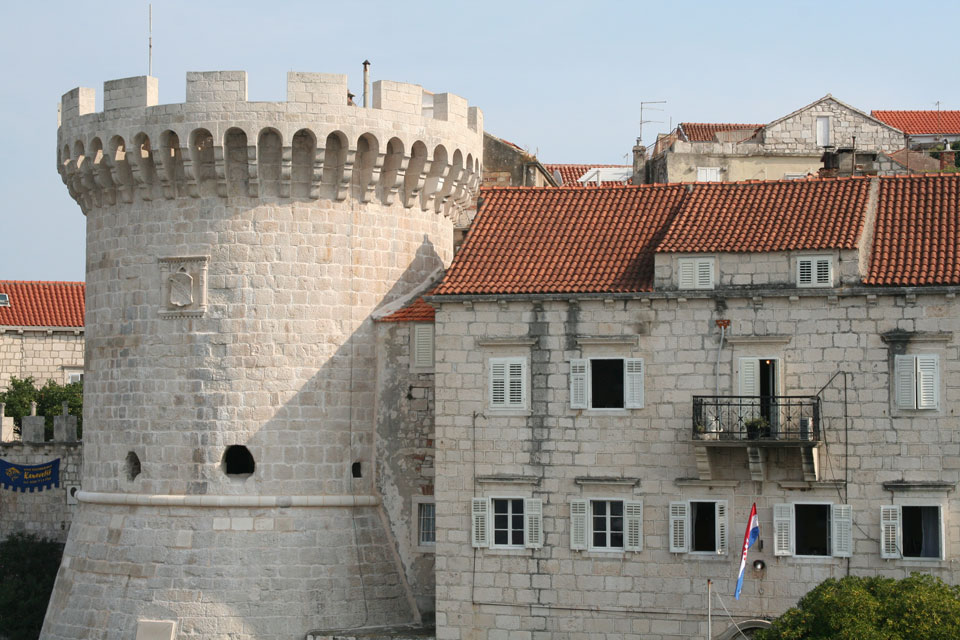
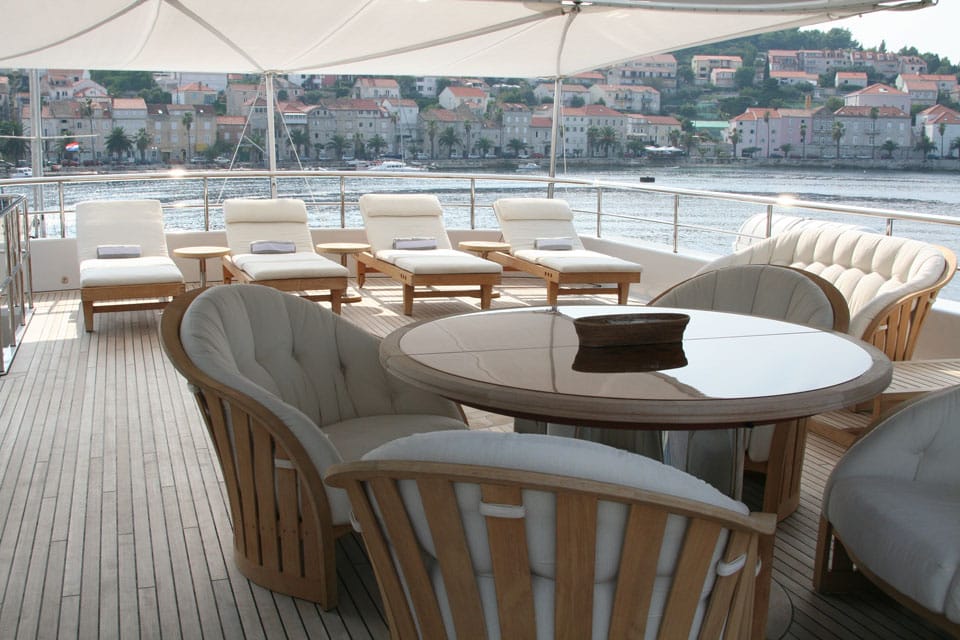
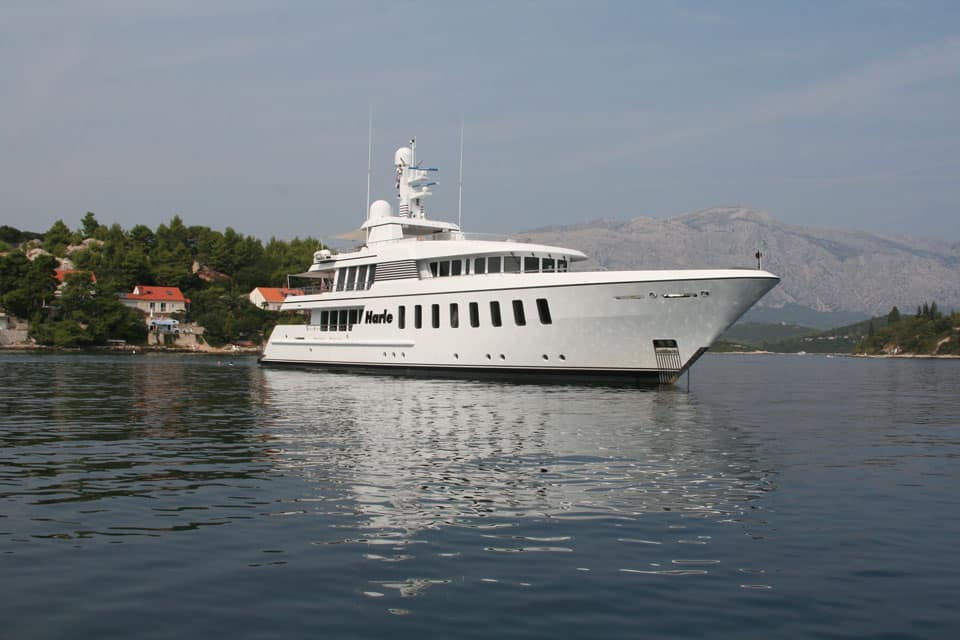
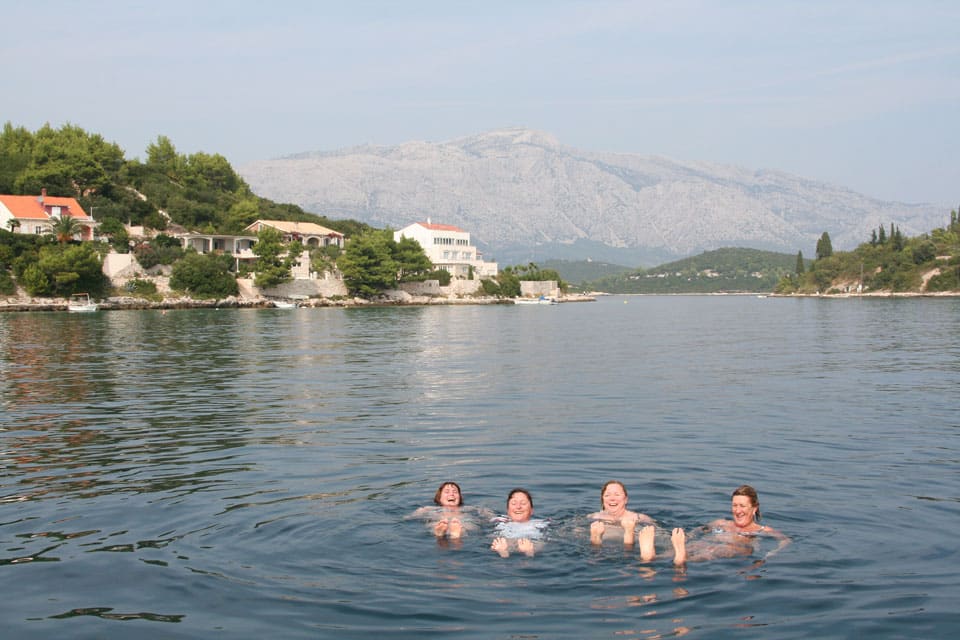
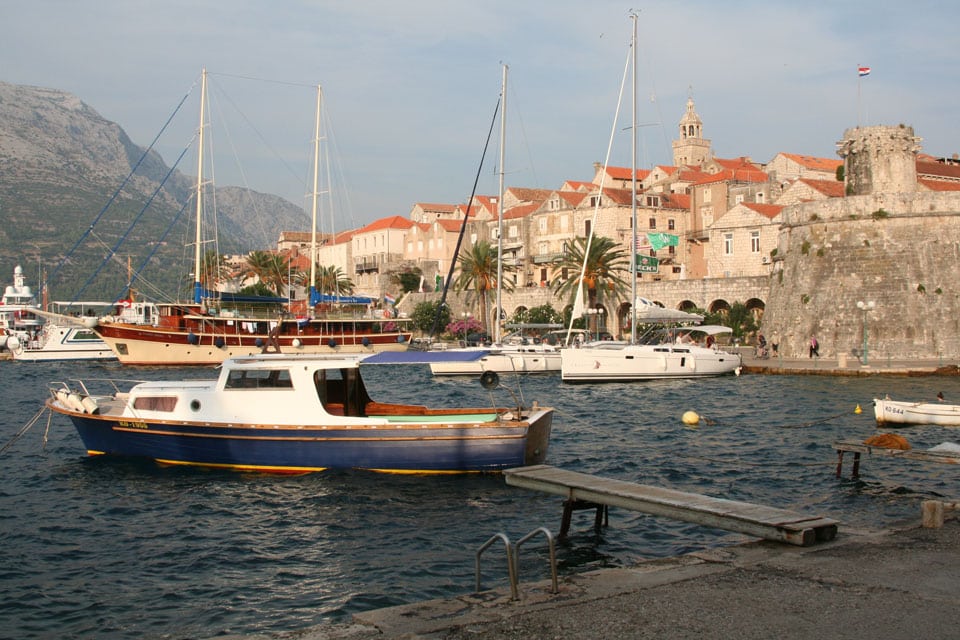
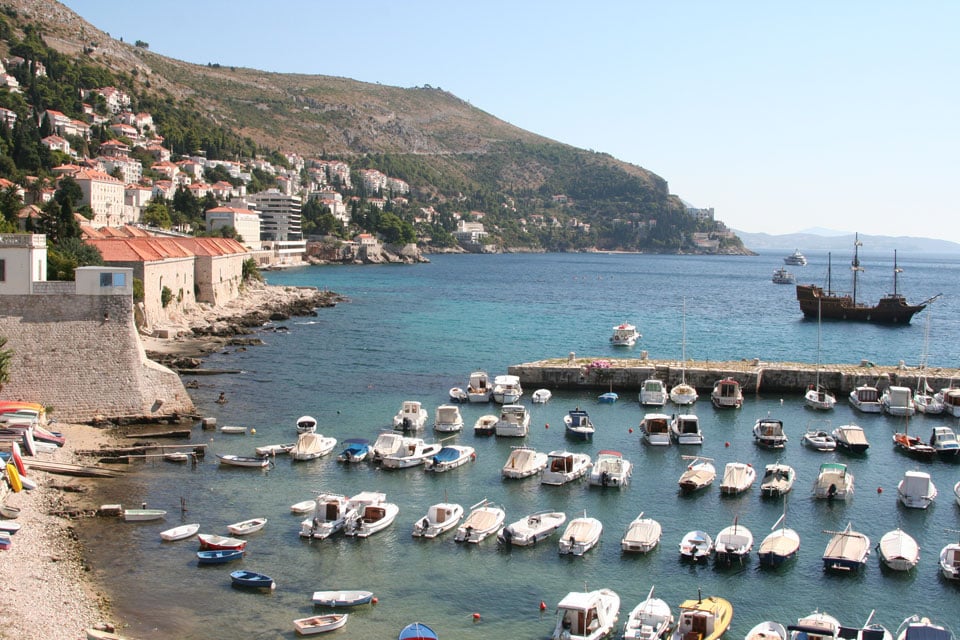
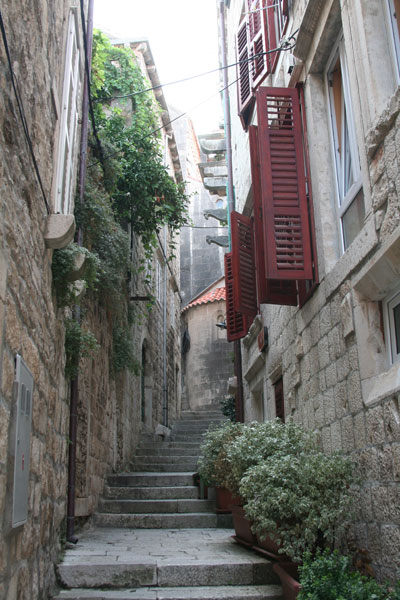
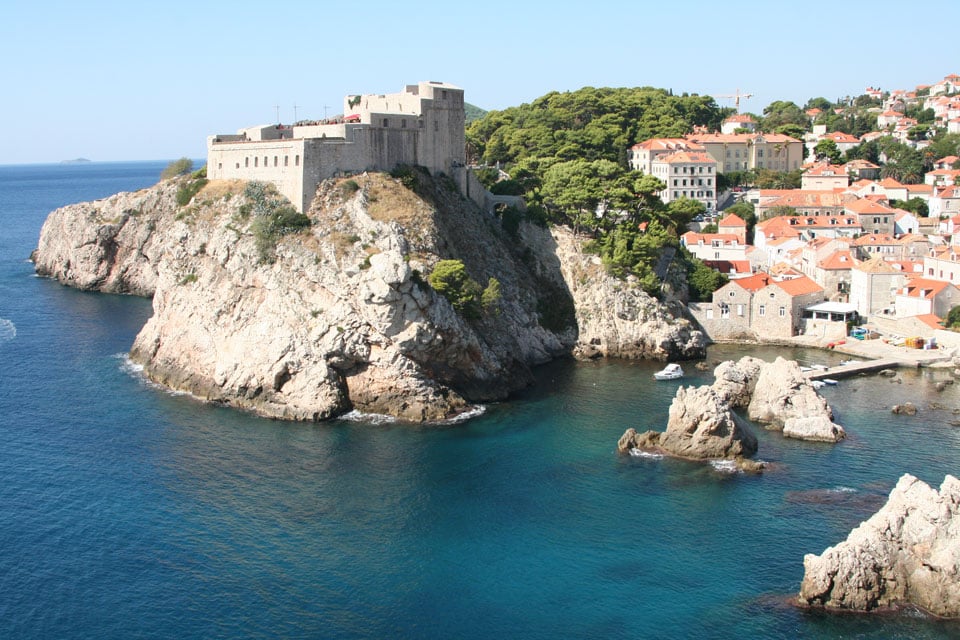
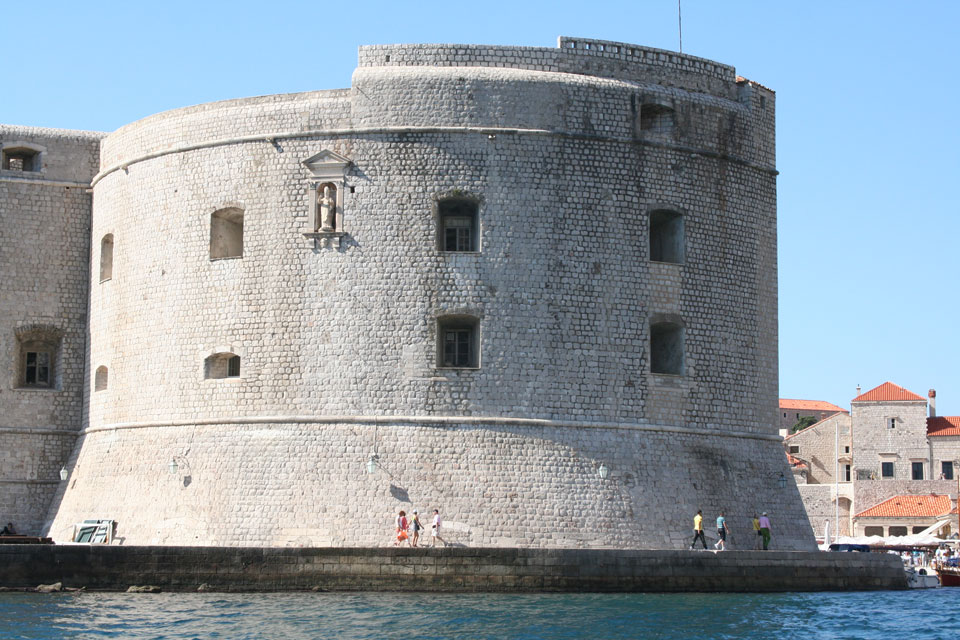
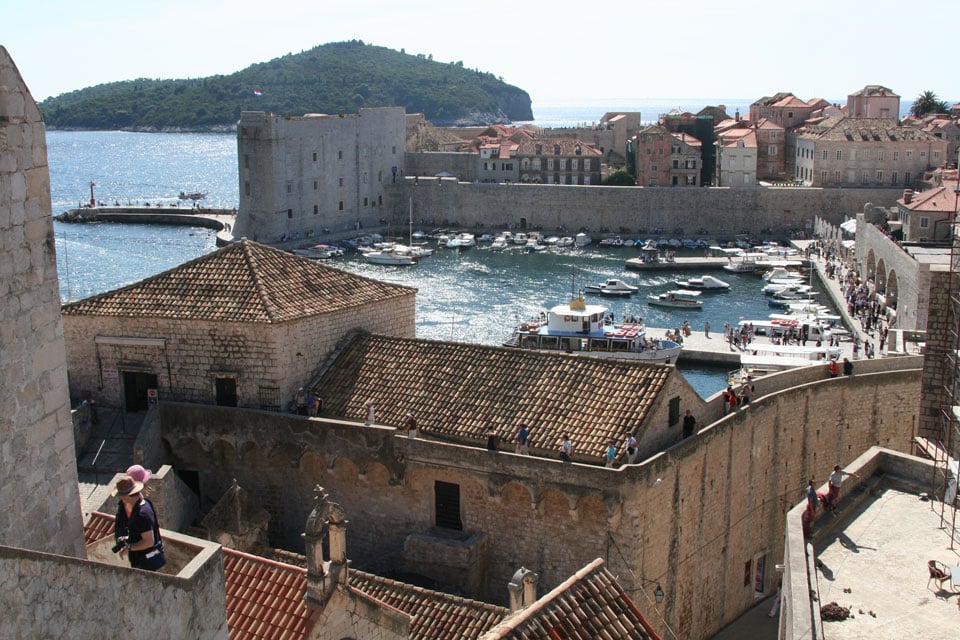
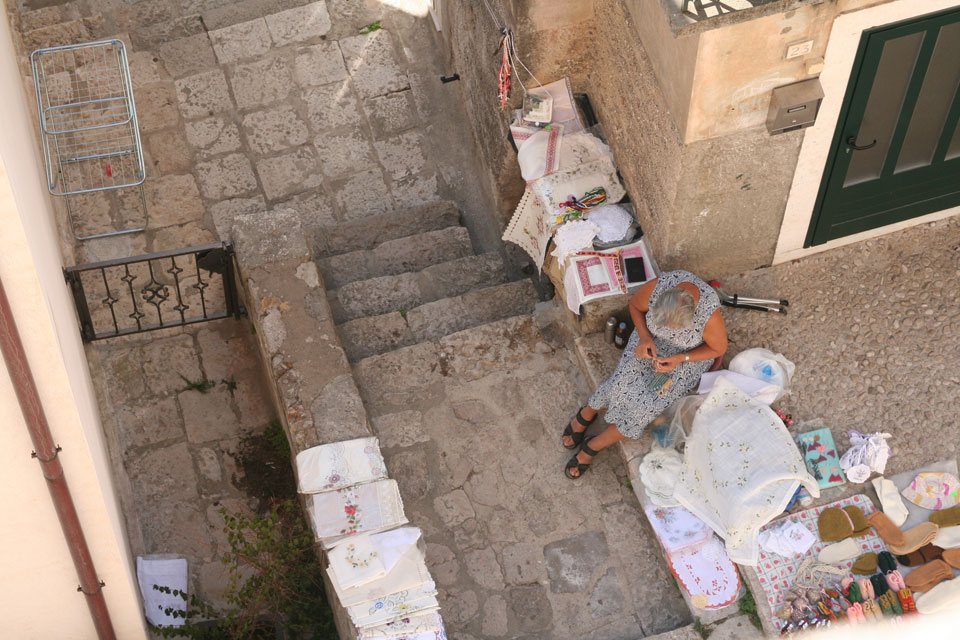
Consider, if you will, the bones of a fish. First there’s the spine, running straight and strong from one end to the other. Then there are all the little bones that splay out from the spine on both sides, the ones that push at unruly angles and arc around organs and muscles.
I tend to consider these bones only at the dinner table, when they’re stuck in my teeth, but the masons who centuries ago built the civilization on Korcula thought about them. The Croatian island is at the constant mercy of the elements, so the masons embraced their low-lying attachment to the Adriatic Sea and designed their stone streets like fish bones. The main street runs straight from north to south like a wide backbone that supports the shops and cathedral. But the east and west streets are staggered so that they don’t line up on either side of the main street, and the eastern streets also curve. In winter, when chilling winds blow from the east, the strongest gusts are stopped like criminals in blind corners. In summer, when gentle breezes arrive from the west, they run clear to the main street and provide natural air conditioning in the town square.
“Our masons thought about quality of life,” guide Andrea Tedeschi told me as we meandered atop marble steps polished smooth by generations of countless sandals. “They staggered the levels of the houses and balconies too, so people didn’t have to look inside each other’s windows. They even thought about the balconies when viewed from below. The bottoms are solid with beautiful carvings, so the eye will be on that instead of where it should not be when a lady in a dress is standing outside.”
The consideration about how Korcula’s layout would actually be used was as refreshing as the late-September sea breeze across the town’s old stone steps as I stood within plain view of the 146-foot Feadship Harle. The 2007 build was docked in a spot that has welcomed seafarers since the era well before Christ, standing like a new testament to the idea that form and function should indeed be considered as one.
Harle, you see, was built for an American businessman who wanted beautiful spaces that, like the streets of Korcula, serve distinct purposes. He enjoys cruising and offering his yacht for charter by families and friends, but he also uses her as a magnet for moguls.
“He believes that if he can get five minutes one-on-one with the right person, the conversation can be worth millions of dollars to his business,” Capt. Paul Edmonds says. “But to get those five minutes, he has to get the person on board the boat. So he goes around St. Tropez and invites the guys he wants to meet, plus all of their friends. We often do parties for 200 or 300 guests rotating on and off the boat in a single night.”
Because of this mission, Harle is arranged differently from a lot of charter yachts in her class. The bottom deck, which on many motoryachts houses the majority of guest cabins, is entirely devoted to crew. They can move wherever they need to be, stow whatever quantity of provisions are required and keep service flowing even when the yacht is congested with guests.
Harle‘s main deck, as with many motoryachts, starts forward with a large master suite. From there, though, she is primarily dedicated to the other four guest cabins. They have the kind of floor-to-ceiling windows that are typically enjoyed only by the lead charter guest, and they provided a magnificent frame for Croatia’s stunning views. The cabins on this deck leave no space for a formal dining room, but our group didn’t miss it. The rest of the main deck is a salon with an inviting bar followed by the afterdeck, which is entirely open to serve as a greeting area.
On the bridge deck too, Harle‘s design is true to her purpose. There is an outdoor dining table, as well as sliding doors that lead to what is traditionally a sky lounge — but aboard Harle, the teak sole continues all the way to the bulkhead, in anticipation of visitors spilling a bit of red wine. Tables and chairs are modular to allow for everything from boardroom-style conferences to cocktail-hour hors d’oeuvres. Large windows can be opened to keep air circulating among dancing crowds.
“We are set up and well trained for events,” Edmonds told me, “but for charter, we are not interested in wild and crazy parties. We like families and people who want things like birthday or anniversary parties. We love nice people having a good time, and we’re good at providing it.”
That was certainly true during my time aboard. I found Harle to be wonderfully comfortable for a “regular” charter with just seven guests, especially on the sun deck, where the hot tub and sun pads are terrific. Harle is, after all, a Feadship, and she embodies the quality construction and interior elegance for which the Dutch shipyard is renowned. From the soundproofing to the zero-speed stabilizers and the state-of-the-art Apple media system, Harle offered a delightful ambience.
I also found Edmonds and his crew to be charming professionals who welcomed the idea of getting to know a small group and exceeding its every expectation in terms of food, service and smiles. They can do intimate, elegant gatherings just as well as they do massive parties, as evidenced by our four-course dinners with beluga caviar, Wagyu beef and fresh foie gras.
As you read this, Harle is in Florida completing her five-year survey and getting a new paint job. She’ll spend this coming summer in the Western Mediterranean with a visit to the Olympic Games in London (what better place to hold a bash?) and then likely will go to the Caribbean for the winter 2012-13 charter season. During summer 2013, the crew told me, it’s hoped that Harle will return to Croatia — where there’s less hobnobbing and a great deal of picturesque solitude.
One-week itineraries (in keeping with Croatian charter laws) can run from Venice, Italy, to Dubrovnik, Croatia, or from Split, Croatia, to Kotor, Montenegro. This region is filled with experiences that are fast making Croatia a favorite Eastern Mediterranean yachting destination. My favorite spot was Dubrovnik, where the hourlong walk around the ancient stone wall was one of the most majestic of my life. Others in our group were just as mesmerized by Kotor.
“The Bay of Kotor is impossibly beautiful,” says Ann Landry, a longtime charter broker with Northrop & Johnson. “It’s in my all-time top five places, up there with the Maori house in New Zealand’s Bay of Islands,
the Lost Man Trail on the Continental Divide and the Taos Pueblo in New Mexico. It just feels very spiritual there.”
One might argue that nature built the place, like Feadhip built Harle, with a purpose. In either case, it’s hard to argue with perfection.
Harle
LOA: 146’6″
BEAM: 30’2″
DRAFT: 8’10”
FUEL: 10,500 gal.
WATER: 2,600 gal.
CONSTRUCTION: Steel
ENGINES: 2 x MTU 12V2000M70 diesels
STABILIZERS: VT Naiad Marine zero-speed
SPEED: 14 knots max, 12 knots cruise
RANGE: 4,500 miles at 10 knots
GUESTS: 10 to 12 in five staterooms plus a convertible office.
CREW: 9
BASE RATE: $240,000 per week
Northrop & Johnson
954-522-3344
charter@northropandjohnson.com
www.northropandjohnson.com
Charter Plans
Summer 2012: Western Mediterranean with a visit to London
Winter 2012-2013: Caribbean
Summer 2013: Croatia









